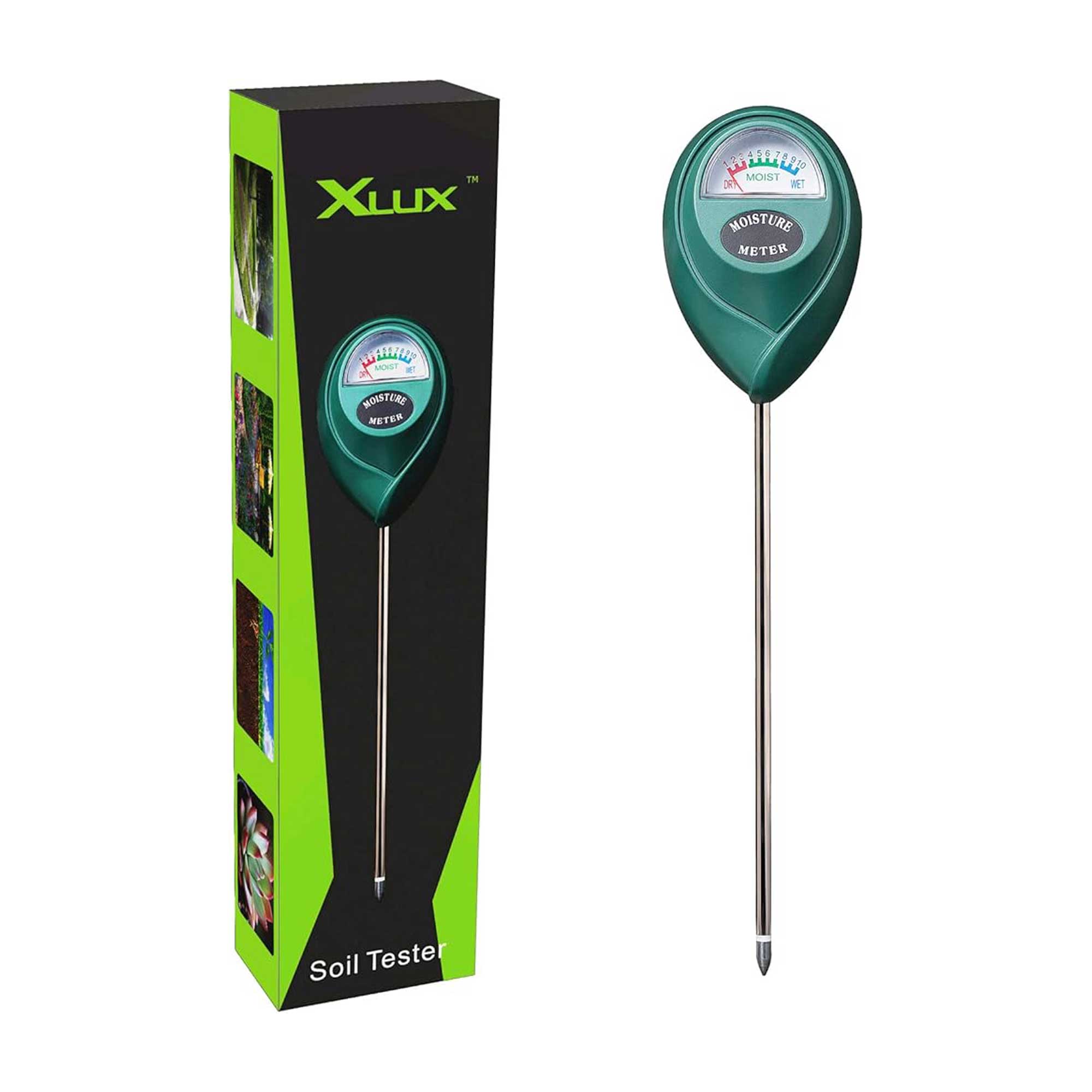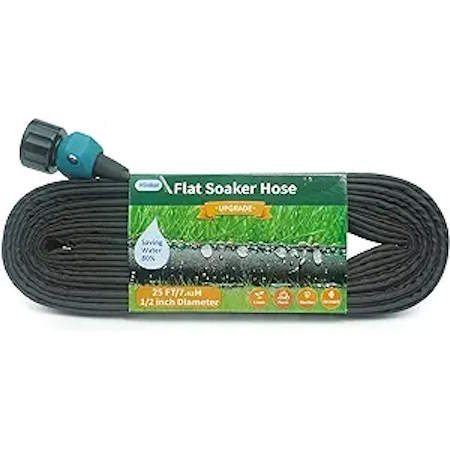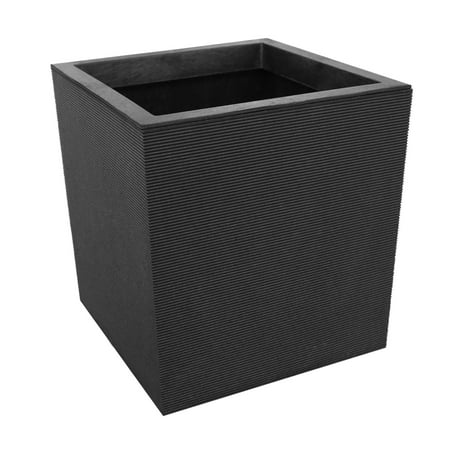A pan of water can make watering more efficient in a heat wave – horticultural experts reveal their tips for using this watering trick
Knowing how much water your garden loses to evaporation helps to gauge how much moisture plants need to be given
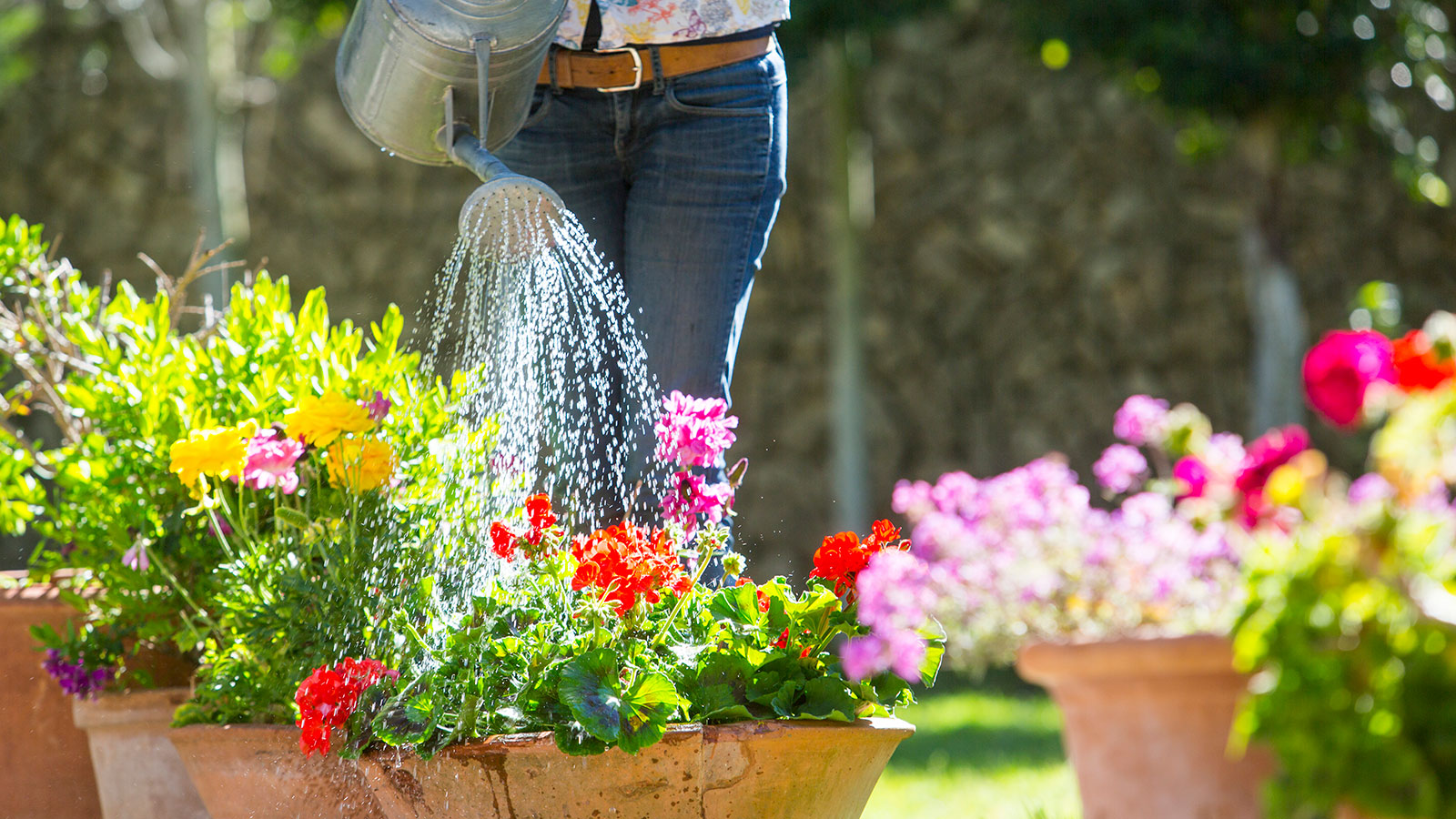
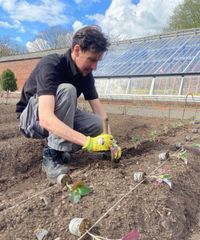
Judging when and how much to water plants during a heat wave can be difficult. When the temperatures spike for extended periods, we as gardeners need to take care of our plants and ensure they have enough moisture to cope.
One useful way of telling how much water you need to give plants is to determine how much moisture has been lost due to evaporation. This can be done simply by using one common household item. It is not a perfect solution, but it helps determine when and how much you need to water.
This guide looks at how you can tell how much moisture has evaporated from your soil and help water plants in hot weather by putting a pan of water on the lawn or around the garden. Expert horticulturists give their thoughts on this tactic, and we reveal tips for watering plants in a heat wave to help you have healthy plants and avoid losing lots of moisture to evaporation.
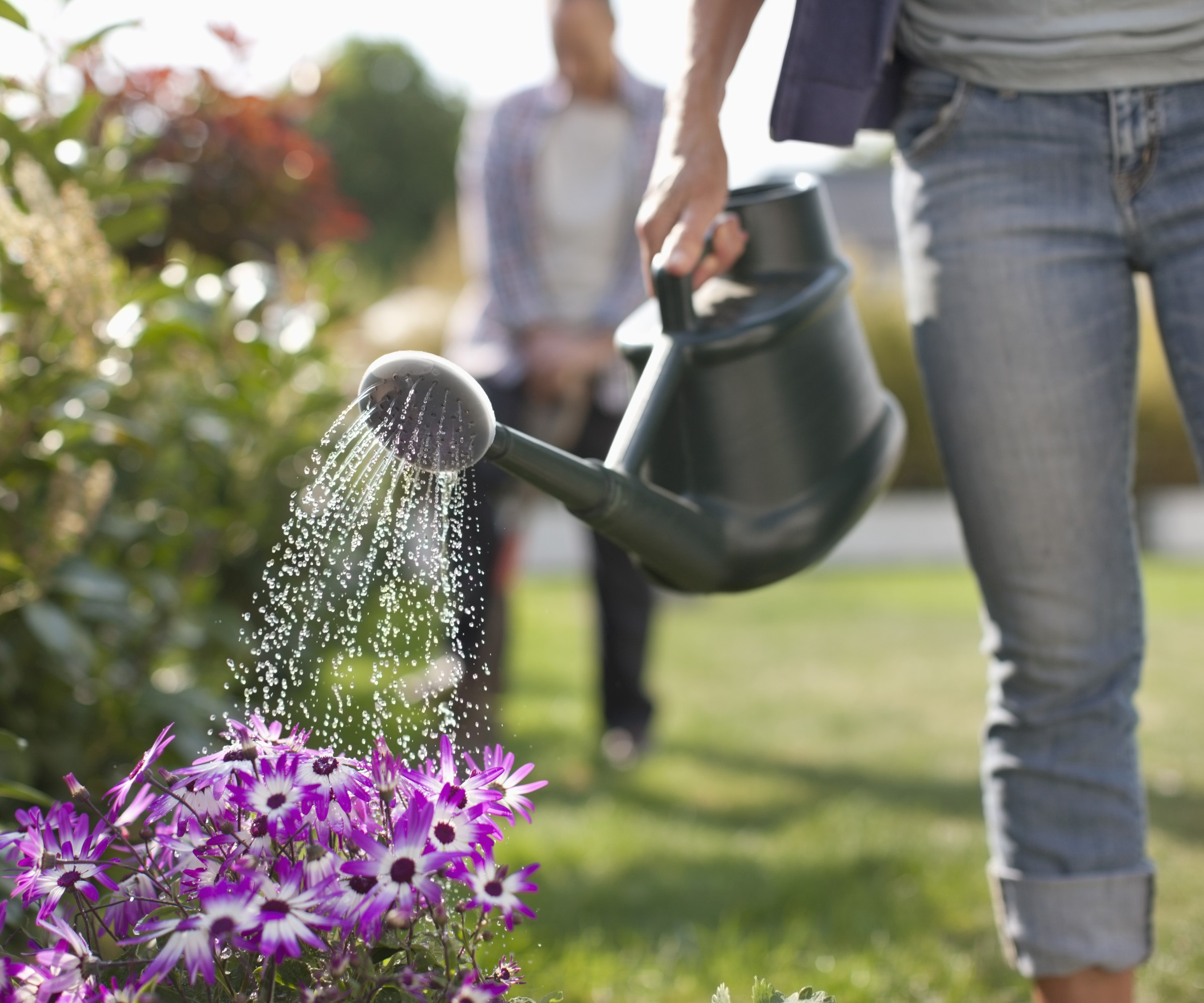
How to do a simple evaporation test
All you need to test evaporation is a simple pan filled with water. It is a trick highlighted by Montana State University (MSU) to determine the level of water evaporating from the soil during hot weather.
Cheryl Moore-Gough, horticulturist at MSU, recommends taking a straight-edged pan and filling it with water, making sure to mark the top level of the water, and watching it for a week.
She explains: ‘The amount that has evaporated is about the amount of evaporation that has occurred from the soil profile. You'll need to water that much to make up for evaporation plus the amount the plant has lost due to transpiration.’
Does placing a pan of water on the lawn help?
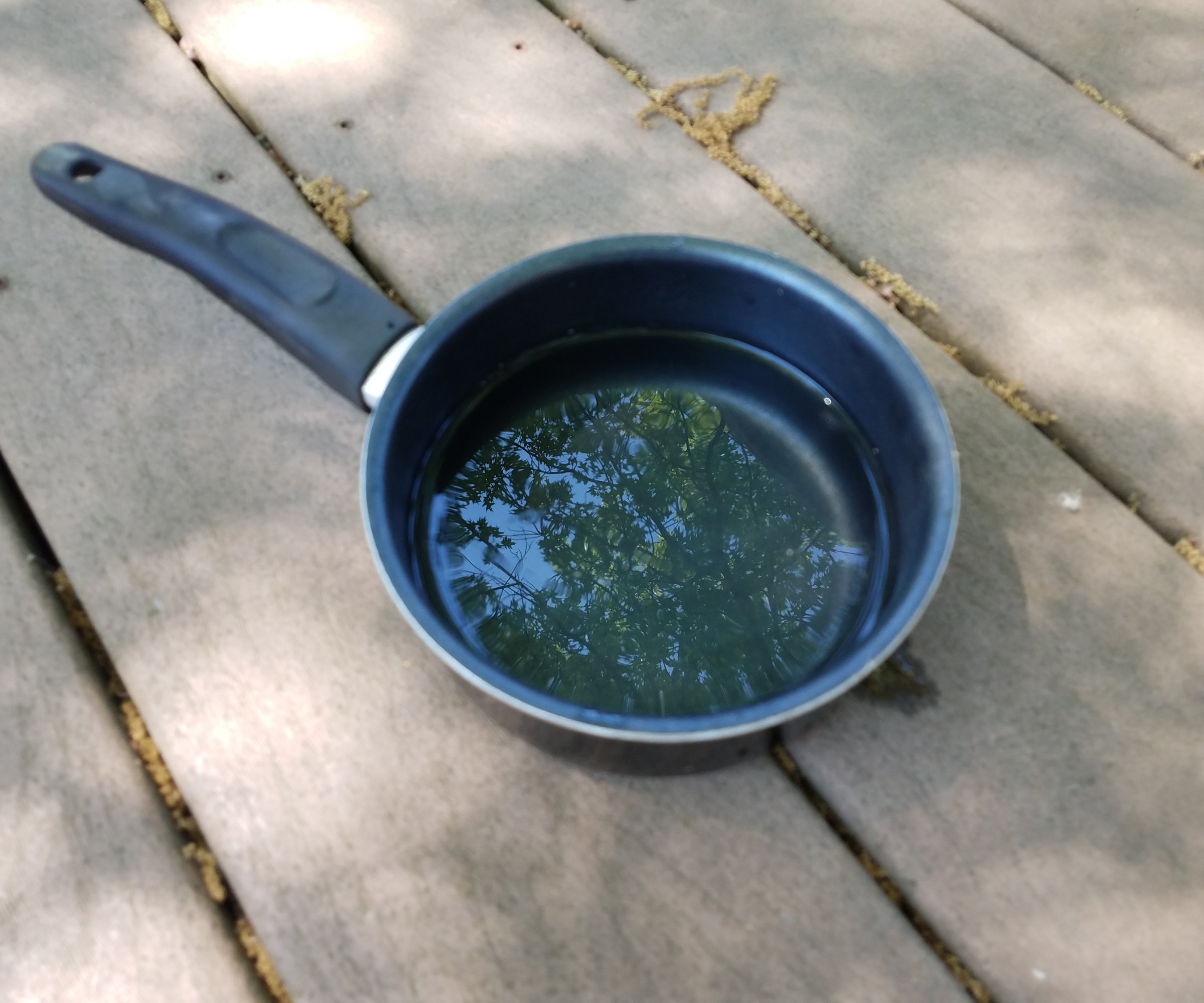
The theory is sound, but why is this a method you should consider using at home to judge when and how to water plants?
Design expertise in your inbox – from inspiring decorating ideas and beautiful celebrity homes to practical gardening advice and shopping round-ups.
Samuel Davis, an experienced horticulturist and CEO of London Gardeners, claims that using this pan of water on the lawn method can give a helpful ‘practical visual clue’ to help you know when to water plants, and how much moisture they need.
‘What evaporates from the pan closely mirrors what’s lost from the soil. If the pan loses an inch in a day, your plants likely do too,’ he explains, adding you can adjust your watering frequency based on observations over a couple of days to avoid making common garden watering mistakes.
‘This helps prevent both over- and under-watering, both of which are key for gardens to thrive in times of extreme heat,’ says Samuel.
‘Tracking evaporation is important because dry soil can cause root stress and a decrease in nutrient uptake, and such problems can sneak up fast in summer.’
If you want to consider this technique at home, putting multiple pans in different spots to monitor evaporation around the garden can reflect the varying conditions your plants will be experiencing.
‘It’s no good just placing one pan of water in the middle of the lawn, because that won’t reflect the conditions that exist in the various parts of your garden,’ says Martin Cole from Gardening Step by Step.
‘It’s therefore important to place the pan or pans in the exact places you want to monitor water loss, typically in your main garden beds. Plus, if you have a sunny garden bed at one end and shadier at the other, use a pan at each end.’

Samuel Davis, a horticulturist and the CEO of London Gardeners, brings a green thumb and strategic vision to the helm. Under his leadership, London Gardeners has blossomed into the go-to destination for premier gardening services in the city, fostering beautiful landscapes while nurturing a commitment to environmental stewardship.
What else should you do?
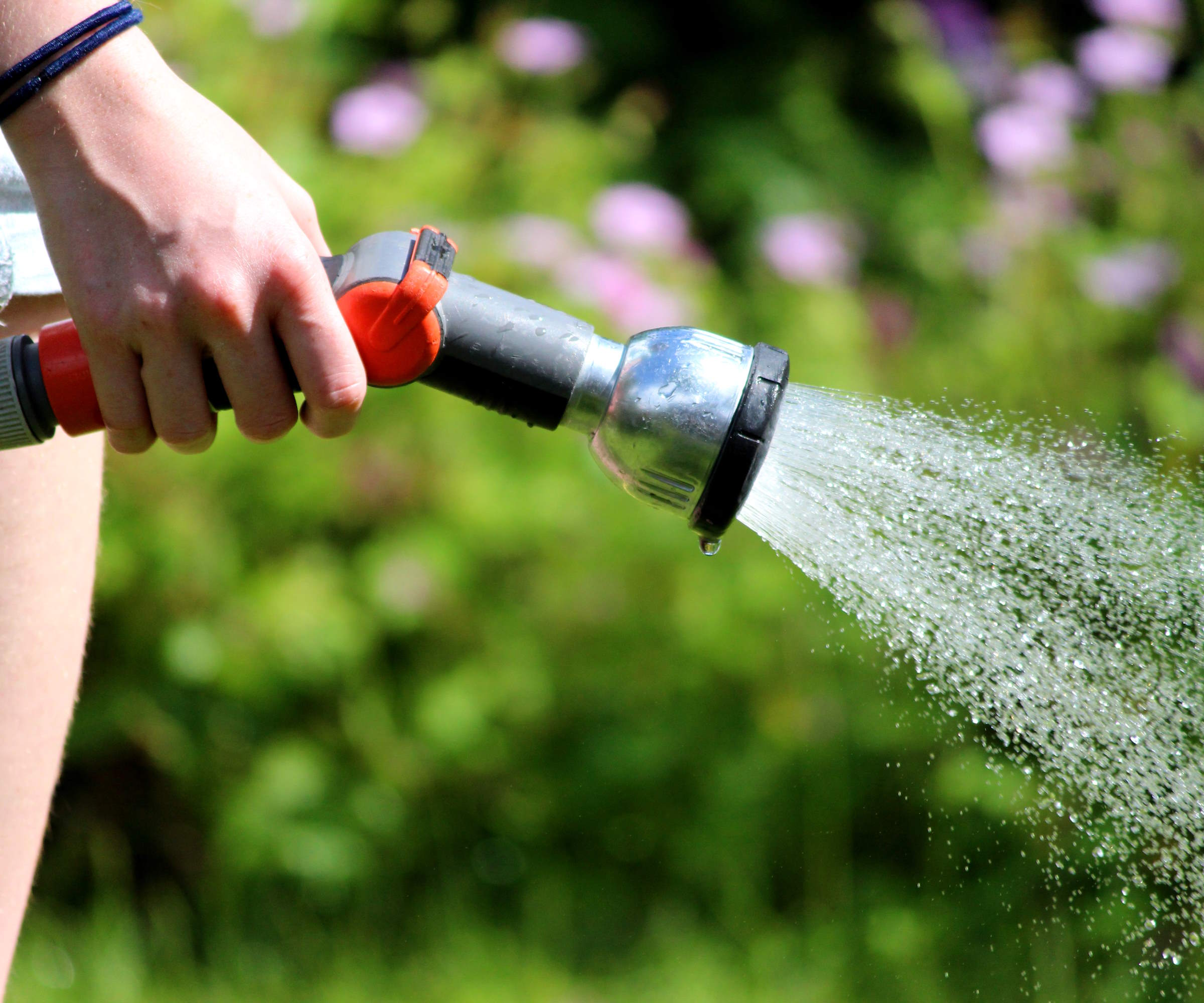
The truth is that there is more than just evaporation that needs to be considered when judging how to keep soil moist in summer, especially if you are watering plants in containers.
The primary factor, as well as weather, is soil type, and the makeup of the soil plays a massive role in watering. Laura Osteen, principal designer at Secret Garden Landscapes, advocates for understanding your soil rather than studying evaporation.
‘It is better to dig in the soil to see how much moisture is in the soil to learn for yourself if additional water may be needed during these times of heat,’ says Laura, citing the soil in her area as why local knowledge is better than relying on solely evaporation levels to judge how and when to water.
‘In the SF Bay Area, we contend with clay soil, which retains water and can cause salt to accumulate in the soil, making it harder for roots to uptake water. So, flushing and sometimes doing longer periods of watering to flush the soil can be a better option.’
When you have a container garden, different types of pots lose moisture to evaporation at varying levels. For example, terracotta pots are more porous and lose water faster than plastic ones.
It means a one-size-fits-all approach to watering pots is not advisable, as containers often require individual checking, either using your fingers or with a soil moisture meter.

Laura Osteen is an award-winning landscape designer and licensed landscape contractor at Secret Landscapes. She has spent decades honing her craft and brings a multidisciplinary background to landscape design and maintenance.
When watering plants in hot weather, make the most of the water you are applying by watering in the early morning or late evening to reduce the loss by evaporation. This allows the plants time to enjoy the water before the temperatures rise.
Plants also benefit from less-regular deep watering rather than a little-and-often approach. Deep watering gets the moisture down into the root zone where the plants benefit most, rather than sitting in the top inch or so of the soil and being lost quickly to evaporation.
Using soaker hoses or drip irrigation, and adding mulch, also helps to make watering more efficient. Such methods get water into the root zone, and mulching helps keep it there as it regulates the soil temperature and reduces evaporation.
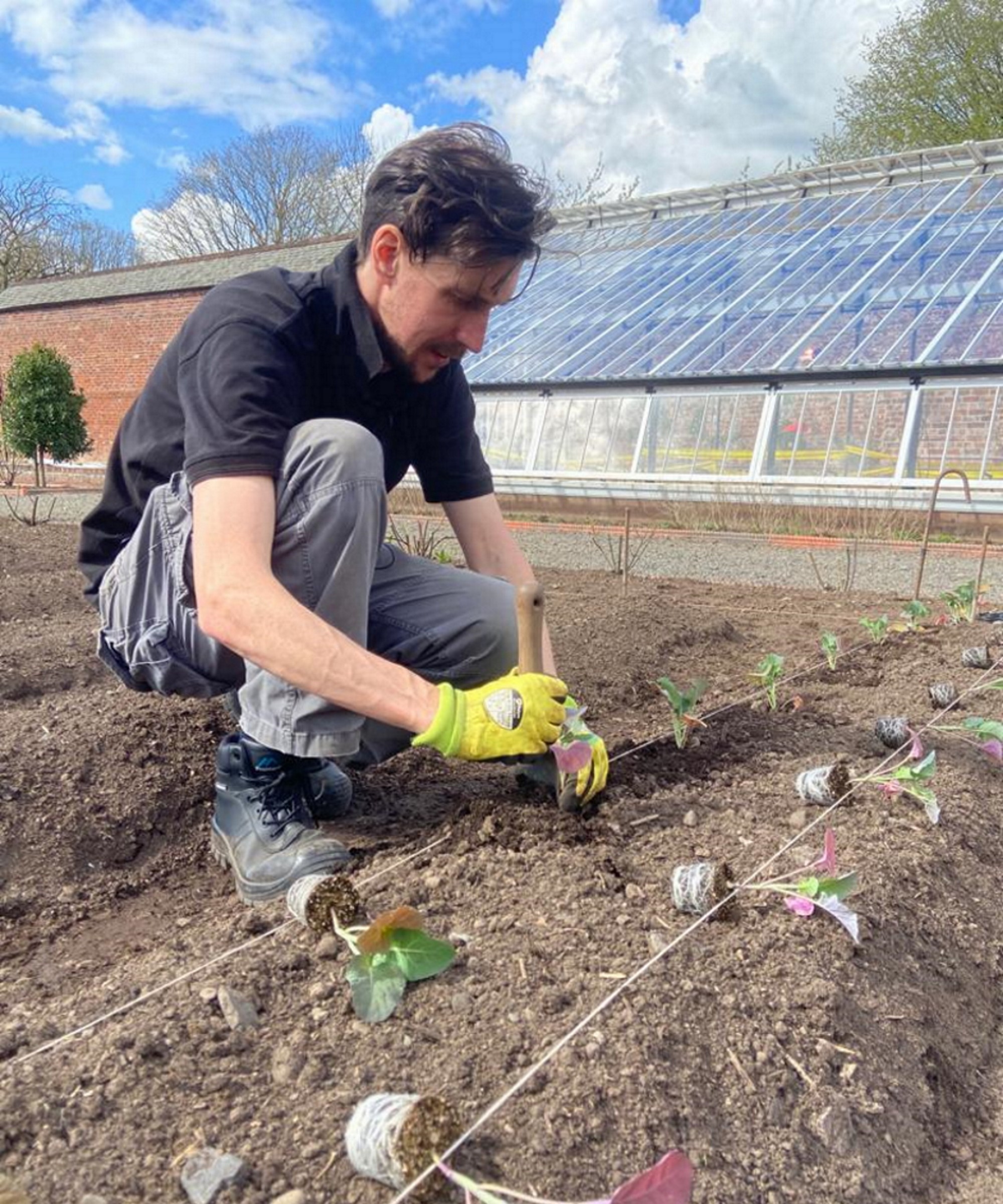
Drew has worked as a writer since 2008 and was also a professional gardener for many years. As a trained horticulturist, he worked in prestigious historic gardens, including Hanbury Hall and the world-famous Hidcote Manor Garden. He also spent time as a specialist kitchen gardener at Soho Farmhouse and Netherby Hall, where he grew vegetables, fruit, herbs, and cut flowers for restaurants. Drew has written for numerous print and online publications and is an allotment holder and garden blogger. He is shortlisted for the Digital Gardening Writer of the Year at the 2025 Garden Media Guild Awards.
You must confirm your public display name before commenting
Please logout and then login again, you will then be prompted to enter your display name.
